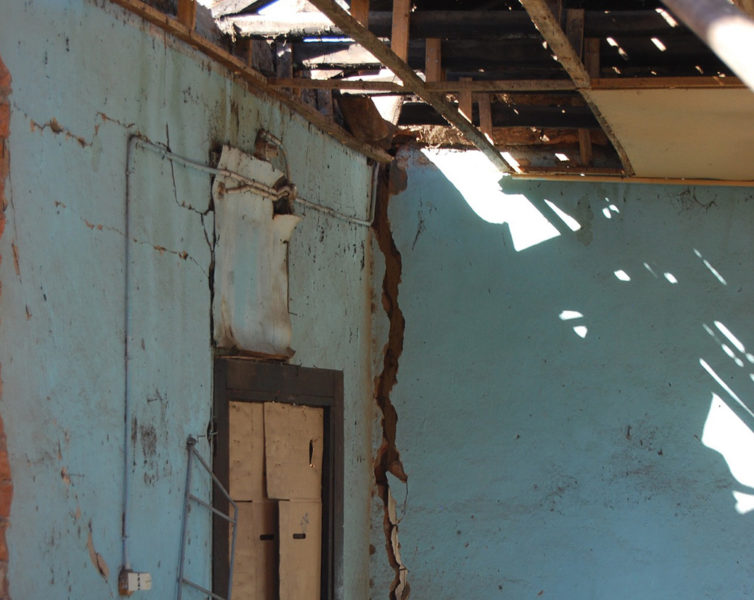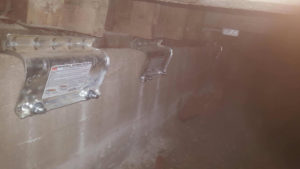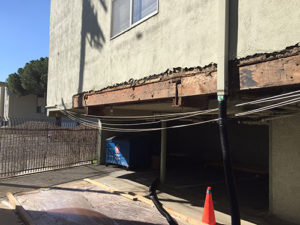Everything You Need to Know About Earthquake Retrofitting

As a California resident, you know that earthquakes pose a real threat.
As we saw with the devastating Northridge earthquake of 1994, large seismic quakes can cause serious damage to buildings and homes. Thanks to advances in structural engineering, earthquake retrofitting is one of the most efficient ways to prevent damage to your home – injuries and even death – in the event of a massive earthquake.
When the earth shakes, buildings are more likely to be displaced from their concrete foundation or collapse if they are not properly secured to the ground.
Earthquake retrofitting increases a building or home’s resistance to this side-to-side motion, thereby incurring less damage and destruction.
There are few measures you can implement to retrofit a building, depending on the type of structure needing reinforcement.

Foundation bolting is when bolts are added, either with or without plates, to the existing wooden framing known as a sill plate. Bolts are typically attached to the wood that sits on top of the concrete. Whether the foundation is lacking bolts or if the older existing bolts are already in place and in good shape — but too far apart — careful installation of new foundation bolts will add strength to the structure. During the Northridge earthquake, homes lacking foundation bolts slid off their foundations and collapsed.
Cripple wall bracing is typically used to retrofit structures that have a wood-frame foundation in addition to a concrete foundation. The crawl space area located under the property can be just a few inches in height to a few feet, and is the area below where the floor of the home is connected to its foundation. In large earthquakes, cripple wall failure was the main source of structural damage causing the first floor of a building to collapse to the ground level. During a retrofit, the cripple wall is braced to keep it from giving out during a quake. By adding structural grade plywood framing to the wood framed foundation (known as a shear wall) the house will be able to withstand the side-to-side or back-and-forth shaking of an earthquake.

Soft story retrofits are typically used on multi-family apartment structures, condominiums and homes that have a large open space, like a tuck-under parking, located below the first floor living area. They’re referred to as “soft stories” because there is not enough reinforcement to protect the structure from the movement of an earthquake. In some soft story retrofits, a contractor will install plywood to brace the walls or install a steel moment frame to secure the area.
If your home was built prior to 1950, there’s a good chance your foundation is not seismically sound. Therefore, it’s important to contact a foundation specialist to inspect the area.
Julian De La Torre is an expert in Los Angeles foundation inspection, foundation contractors and foundation repair. Julian’s company, Julian Construction, has inspected over 15,000 structures, working with engineering firms and local departments of building & safety. The company has done more foundation repair in Los Angeles than any other company in the area over the last five years.





